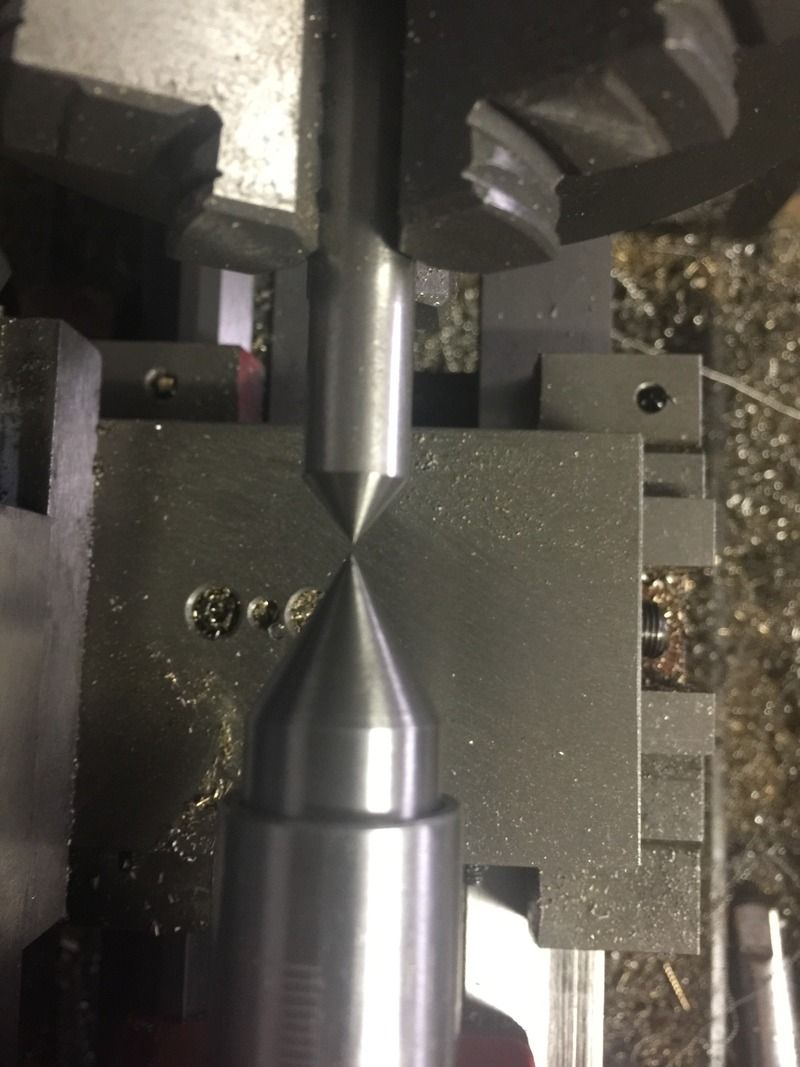- Joined
- Dec 9, 2015
- Messages
- 327
- Reaction score
- 350
Gday all
I'm in the process of making valves for the nitro v8 im building and having the typical valve stem taper issues that arise from turning such small diameters. At least I thought I was.
I'm starting with 10mm stainless, and after the first pass, taking maybe 0.5mm off the diameter, I'm left with a taper. This taper remains, even when I'm down to the final stem diameter of 4mm. The end of the stem is supported, and this is where Iv got the smallest diameter and the closer I get to the chuck, the diameter increases. About 0.3mm over 50mm!!
What is going on here??
Thanks all for reading
Andy
I'm in the process of making valves for the nitro v8 im building and having the typical valve stem taper issues that arise from turning such small diameters. At least I thought I was.
I'm starting with 10mm stainless, and after the first pass, taking maybe 0.5mm off the diameter, I'm left with a taper. This taper remains, even when I'm down to the final stem diameter of 4mm. The end of the stem is supported, and this is where Iv got the smallest diameter and the closer I get to the chuck, the diameter increases. About 0.3mm over 50mm!!
What is going on here??
Thanks all for reading
Andy





